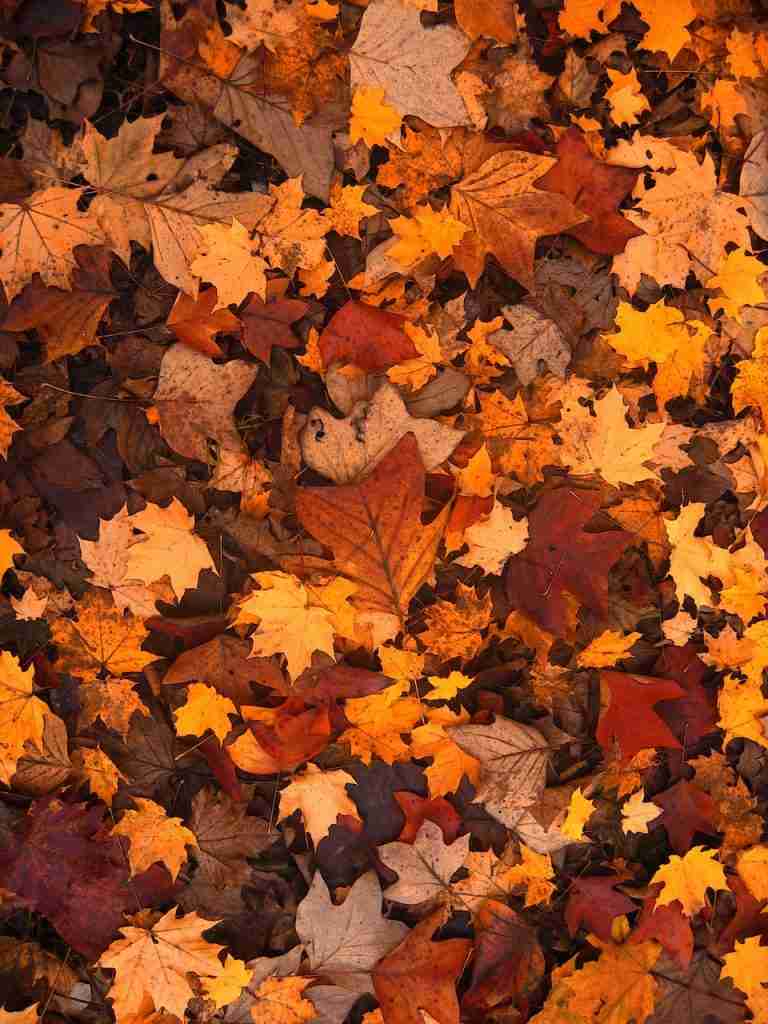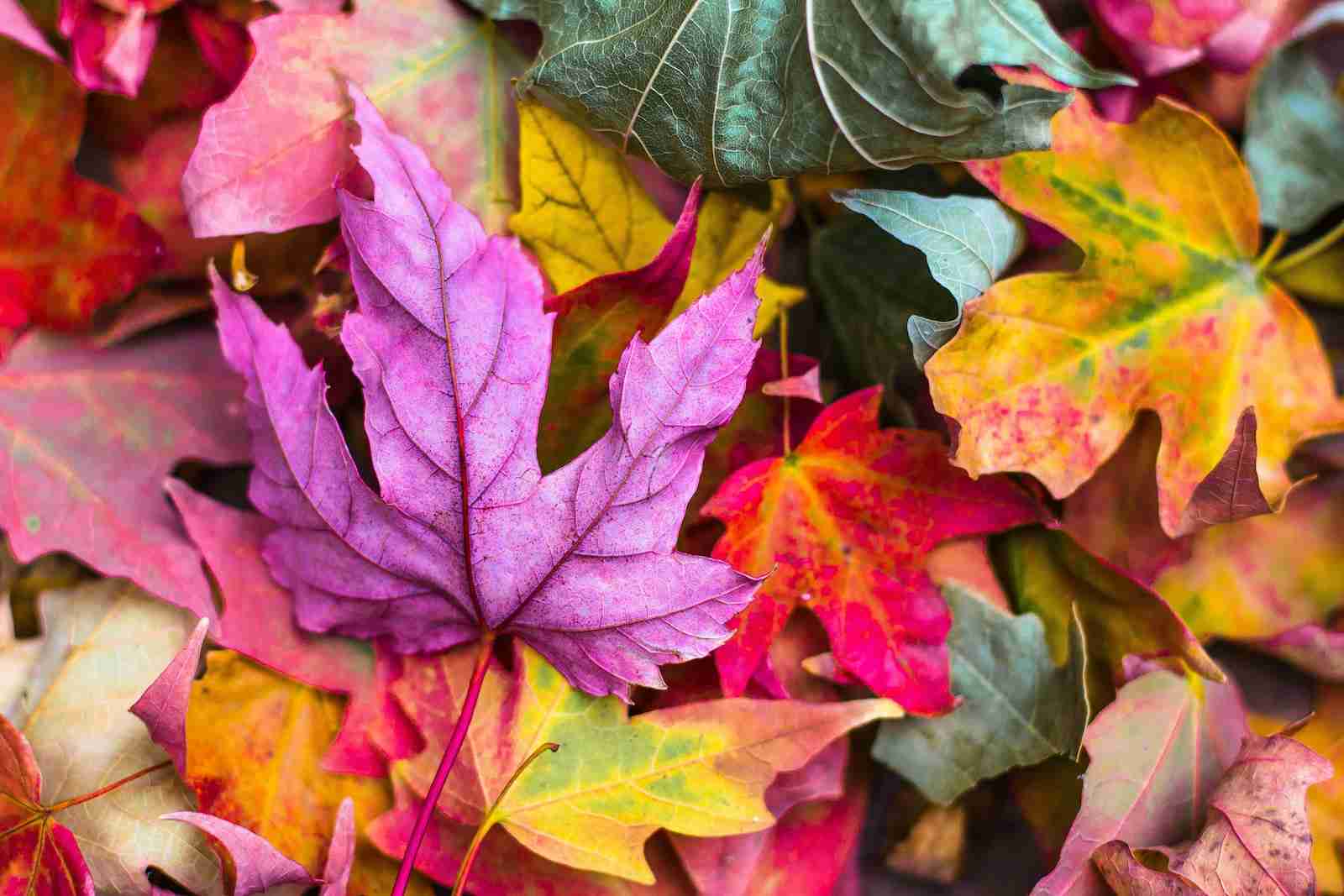27 Fun Facts About Autumn | Harvest of Wonders
1. Autumn is known as the season of harvest.
It’s traditionally the time to harvest crops.
Autumn has been celebrated as a time of plenty since ancient times. Many cultures hold festivals to mark the harvest. These celebrations often include feasting and gratitude for the bounty of the season.
2. Leaves change color in Autumn.
The transformation is due to chlorophyll breakdown.
As daylight decreases, leaves stop their food-making process. The chlorophyll breaks down, revealing vibrant reds, oranges, and yellows. This change is a preparation for the winter season.
3. Autumn Equinox marks the start of the season.
It occurs when the sun is exactly above the Equator.
The Autumn Equinox results in nearly equal day and night. It typically happens around September 22nd or 23rd. This day is significant in many cultures, marking a time of balance and reflection.
4. Autumn is apple season.
Apples are a staple fruit of the season.
Many varieties of apples reach their peak in autumn. Apple picking has become a popular activity. This season also sees an increase in apple-based dishes like pies and ciders.
5. Migration of birds occurs in Autumn.
Many bird species migrate to warmer climates.
Autumn migration is a significant event for birdwatchers. This seasonal movement helps birds avoid colder temperatures. The journey can be thousands of miles long.
6. Autumn is known for its foggy mornings.
Cooler temperatures cause more fog to form.
Fog is common in valleys and near bodies of water. It creates a mystical and serene landscape. Autumn mornings are often depicted as foggy in literature and art.
7. The aurora borealis is more visible in Autumn.
Longer, clearer nights make it easier to see.
The Northern Lights are a natural light display. They are best seen in high-latitude regions. Autumn equinox increases geomagnetic activities, enhancing the aurora.
8. Autumn is a prime time for fashion.

The season introduces new fashion trends.
Layering becomes a popular style in autumn. The fashion industry releases fall collections. Autumn fashion is known for its earthy tones and cozy fabrics.
9. Pumpkins become symbolic of Autumn.
They are associated with Halloween and Thanksgiving.
Pumpkins are used in decorations and recipes. Carving pumpkins is a popular Halloween tradition. Pumpkin spice flavor has become prevalent in foods and drinks.
10. Autumn affects animal behavior, which is one of the fun facts about Autumn.
Many animals prepare for winter during autumn.
Squirrels gather nuts, and bears start to fatten up. Some animals grow thicker fur. Hibernation is a common survival strategy for the coming winter.
11. Chrysanthemums are autumn flowers.
They bloom in various colors during this season.
Chrysanthemums are a symbol of fall. They are used in seasonal displays and gardens. These flowers represent joy and beauty in the face of the approaching winter.
12. Autumn is a great season for hiking.

Cooler weather and colorful scenery enhance the experience.
Hiking trails become vibrant with autumn colors. The cooler temperatures make outdoor activities more comfortable. Autumn hikes offer a unique way to experience nature’s transformation.
13. Daylight Saving Time often ends in Autumn.
Clocks are set back one hour in many regions.
This change provides an extra hour of sleep. It also signifies shorter daylight hours ahead. The practice aims to make better use of natural daylight.
14. Harvest Moon is a hallmark of Autumn.
The full moon closest to the Autumn Equinox is named Harvest Moon.
It traditionally helped farmers work late into the night. The Harvest Moon appears larger and more orange than other full moons. This phenomenon has inspired countless songs and artworks.
15. Autumn is a popular time for marathons.
Cooler temperatures are ideal for long-distance running.
Major cities often host marathons during this season. Runners prefer the mild weather of autumn. These events attract participants from all over the world.
16. Autumn leaves are used as natural fertilizer.

Fallen leaves decompose and enrich the soil.
Leaves provide nutrients as they break down. They also offer protection for small creatures. Gardening practices often include using leaves as mulch or compost.
17. Corn mazes are popular in Autumn.
They are created in cornfields and are a form of entertainment.
Corn mazes can be complex and cover large areas. They are often part of autumn festivals. Navigating through these mazes is a favorite autumn activity.
18. Autumn is a time for grape harvesting and winemaking.
Many wine-producing regions harvest grapes in autumn.
This season is crucial for determining the quality of wine. The process of picking grapes and starting fermentation begins. Wine festivals are common in these regions.
19. Many animals mate in Autumn.
This ensures offspring are born in spring or early summer.
Mating in autumn allows for gestation over winter. This timing provides favorable conditions for newborns. Deer, elk, and moose are examples of animals that follow this pattern.
20. Soups and stews become more popular in Autumn.

Hearty meals are preferred in cooler weather.
Autumn’s harvest brings ingredients like squash and root vegetables. These are ideal for warm, comforting dishes. Traditional autumn recipes often involve slow-cooked meals.
21. What is the definition of autumn?
Autumn, also known as fall, is the season between summer and winter, characterized by cooler temperatures, shorter days, and the shedding of leaves from deciduous trees.
22. Frosty mornings start to appear in Autumn.
The first frost usually occurs in this season.
Frost forms when temperatures drop overnight. It signals the transition towards colder weather. Frost can be both a beautiful and damaging natural occurrence for plants.
23. Autumn is known for its strong winds.
These winds are a result of changing atmospheric conditions.
As the earth cools, wind patterns shift. Autumn winds can be brisk and refreshing. They contribute to the falling of leaves and the overall autumnal atmosphere.
24. Halloween is a major Autumn celebration.
It takes place on October 31st.
Originally a Celtic festival, it has evolved into a night of costumes and trick-or-treating. Halloween marks the eve of the Western Christian feast of All Hallows’ Day. It has become a widely celebrated holiday, especially in the United States.
25. Many cultures celebrate the Autumn Festival or Mid-Autumn Festival.
This festival is significant in East Asian cultures.
It is associated with moon worship and moon gazing. Traditional foods like mooncakes are enjoyed. The festival symbolizes reunion and thanksgiving.
26. Autumn is a significant season in literature and poetry.
It has inspired countless works of art and literature.
Poets like Keats have celebrated autumn’s beauty. The season often symbolizes change, maturity, and reflection. Its colors and moods have been a muse for many artists.
27. Thanksgiving is another key Autumn holiday in North America.
It celebrates the harvest and other blessings of the past year.
In the United States, it is celebrated on the fourth Thursday of November. Thanksgiving is marked by feasts, family gatherings, and parades. It is a time for expressing gratitude and enjoying the company of loved ones.
FAQs
The meaning of autumn lies in its transition from the warmth of summer to the cooler temperatures of winter. It is a season marked by the changing colors of leaves and the harvest of crops.
Yes, autumn and fall are terms used interchangeably to refer to the season that follows summer and precedes winter.
September marks the transition from summer to fall (autumn) in the Northern Hemisphere. It is the beginning of the fall season.
November is typically considered part of the fall (autumn) season, as winter officially begins later in December.
Fall ends with the winter solstice, which usually occurs around December 21st in the Northern Hemisphere. However, the exact date may vary.







